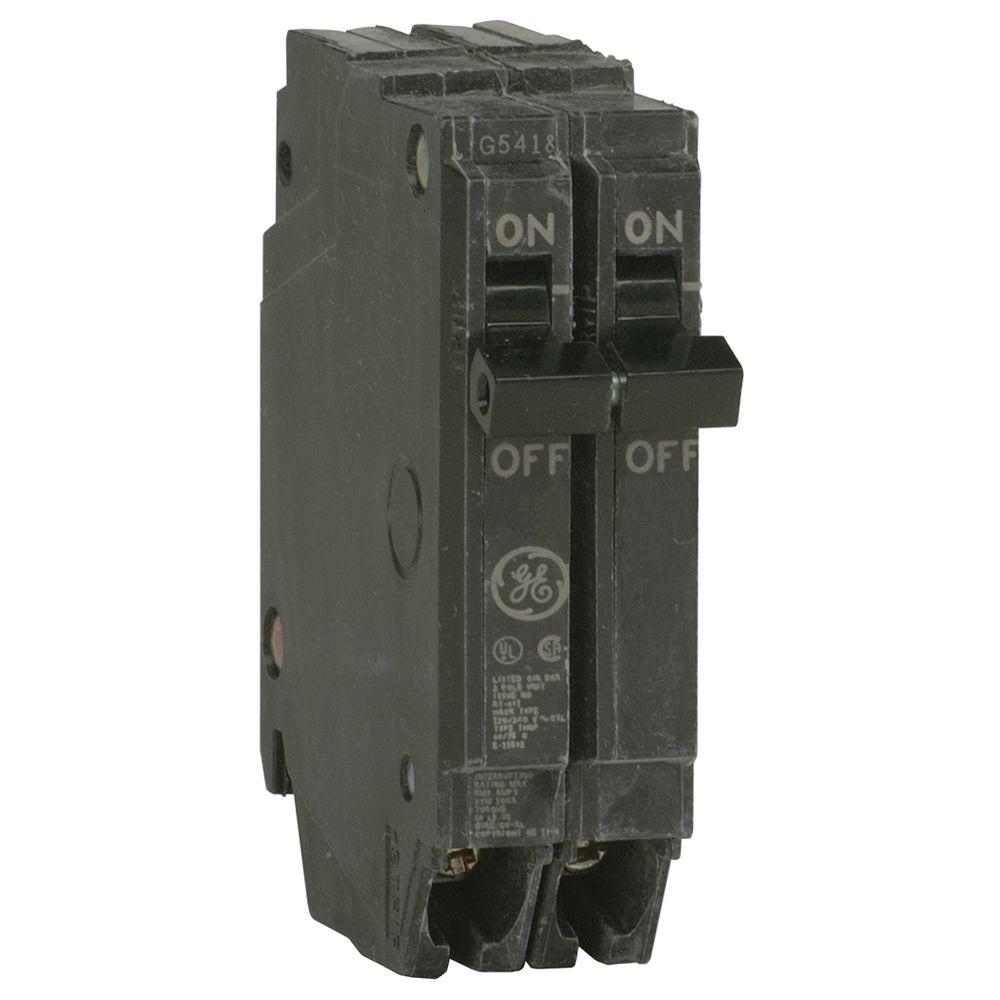Here is what I'm thinking about as I re-wire my shop (lets brainstorm and see if we can't make this work).
SHOP DATA POINTS:
-Shop is 25' wire run from the panel
-Lighting is 3ea 8' fluorescent double tube fixtures (T12 VHOs)
-Shop is very small 11'X22' and used for all kinds of DIY tasks, not just woodworking
-No dedicated dust collection in place (shop vacs) but I'd like to one day
- eventual dust collection would be something like Shop]SHOP FOX W1826 Fox W1826 (3.5A @240v) and would be wired into the same circuit as the 240v/120v saw station
-Table saw station contains both Table Saw (240v?) and Router Table insert (120v)
-Table saw is 2hp (9.3A @240v)
-Router is 3.25hp (15A@120v)
I have 2ea 1" breaker "spaces" in my panel (approximately 25' wire length from my shop). Right now, each of the two spaces have been filled with 1/2" breakers giving me 4 (20A)circuits to the shop.
-1 for lights,
-1 for a bank of outlets at my bench (includes small air compressor, battery chargers, etc).
-1 I've used to power a tankless water heater and chest freezer (yes, I know the WH should really be on a dedicated circuit).
-1 spare.
SO:
I'm thinking about wiring my table saw station to use a 240v, 4 wire extension cord which will provide power to both the router and the table saw (I'd never use them both simultaneously, of course).
I'd wire the outlet at the table saw station like THIS:
![Image]()
which does essentially THIS at the panel (bottom 10/3 illustration):
![Image]()
I'd use a 240v/20A double pole 1" breaker in the box similar to THIS:
![Image]()
If possible, I'd like to work within the confines of a single circuit for 120v outlets, a single circuit for the tankless/freezer, and this double pole/two circuit configuration described above for the table saw / router station..
(I could move the lights over to the "garage lights" circuit as they replaced the existing lighting.)
I know the total current on the 20A breaker cannot be more than 20A (using any combo of 120v or 240v tools) at any given time.
so..
Tell me what I'm not thinking about..
What am I missing?
Why wouldn't this work ?
Has anyone else done something similar?
SHOP DATA POINTS:
-Shop is 25' wire run from the panel
-Lighting is 3ea 8' fluorescent double tube fixtures (T12 VHOs)
-Shop is very small 11'X22' and used for all kinds of DIY tasks, not just woodworking
-No dedicated dust collection in place (shop vacs) but I'd like to one day
- eventual dust collection would be something like Shop]SHOP FOX W1826 Fox W1826 (3.5A @240v) and would be wired into the same circuit as the 240v/120v saw station
-Table saw station contains both Table Saw (240v?) and Router Table insert (120v)
-Table saw is 2hp (9.3A @240v)
-Router is 3.25hp (15A@120v)
I have 2ea 1" breaker "spaces" in my panel (approximately 25' wire length from my shop). Right now, each of the two spaces have been filled with 1/2" breakers giving me 4 (20A)circuits to the shop.
-1 for lights,
-1 for a bank of outlets at my bench (includes small air compressor, battery chargers, etc).
-1 I've used to power a tankless water heater and chest freezer (yes, I know the WH should really be on a dedicated circuit).
-1 spare.
SO:
I'm thinking about wiring my table saw station to use a 240v, 4 wire extension cord which will provide power to both the router and the table saw (I'd never use them both simultaneously, of course).
I'd wire the outlet at the table saw station like THIS:

which does essentially THIS at the panel (bottom 10/3 illustration):

I'd use a 240v/20A double pole 1" breaker in the box similar to THIS:

If possible, I'd like to work within the confines of a single circuit for 120v outlets, a single circuit for the tankless/freezer, and this double pole/two circuit configuration described above for the table saw / router station..
(I could move the lights over to the "garage lights" circuit as they replaced the existing lighting.)
I know the total current on the 20A breaker cannot be more than 20A (using any combo of 120v or 240v tools) at any given time.
so..
Tell me what I'm not thinking about..
What am I missing?
Why wouldn't this work ?
Has anyone else done something similar?




